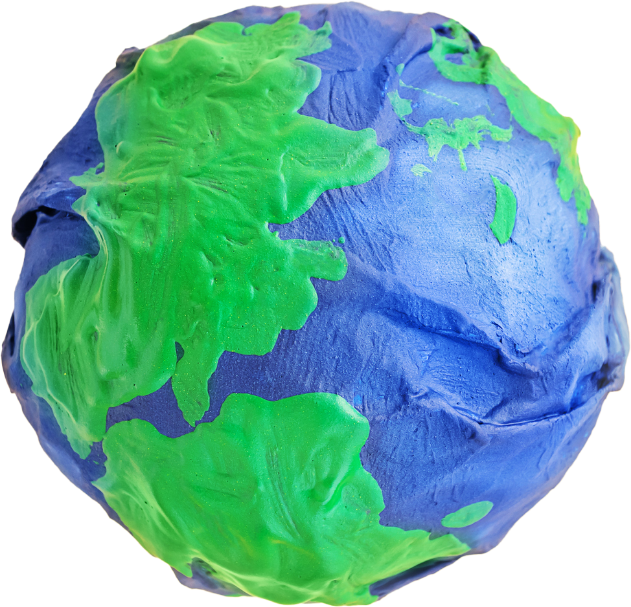
Shredding and Granulation
The method of reducing the size of materials by shredding and granulation comprises the following steps:
-
Sorting
The initial step is sorting the materials set to be shredded and granulated, which may contain contaminants like metals and other plastic materials. This is a key part of the process, as this stage has to be correctly adhered to for no unwanted materials to enter the process.
-
Shredding
Once the materials have been sorted, they will then be fed into the shredder, this process completes the initial size reduction of the material.
-
Granulation
After the material has been screened, it is then processed through a granulator, thereby reducing the size further to customer-specific requirements or for processing through extrusion.
Overall, the process of size reduction through shredding and granulation involves a combination of cutting and screening to create granules of a desired size. This process is commonly used in the recycling industry to reduce plastic components.
Extrusion / Compounding
Below is the step by step guide on how extrusions and compounding is conducted:
Extrusion
-
Preparing materials
The first step when it comes to extrusion is preparing and selecting the materials. The raw materials which generally come in the form of granulated material are placed into the hopper of the extruder. Any additives, colourants or fillers can be either premixed or added through dosing and feeding systems into the extruder.
-
Melting and mixing
After the materials are placed into the extruder, they will then be heated and melted whilst being conveyed through the extruder barrel. This is a process of melting and filtering the material as well as allowing the introduction additives, fillers and colourants.
-
Shaping
The heated molten materials then travel through a die, which will mould it into the final shape. The die is able to customise the shapes needed, so that it can create a number of different products such as granules for injection moulding/extrusion and finished goods in the form of pipes and profiles.
-
Cooling
After extrusion the materials are then cooled typically using a water bath or air dependant on the materials end application.
-
Cutting
In the case of granules the material after being cooled is cut in a pelletiser. If the product is an extruded part this is cut to the desired length before QC testing.
